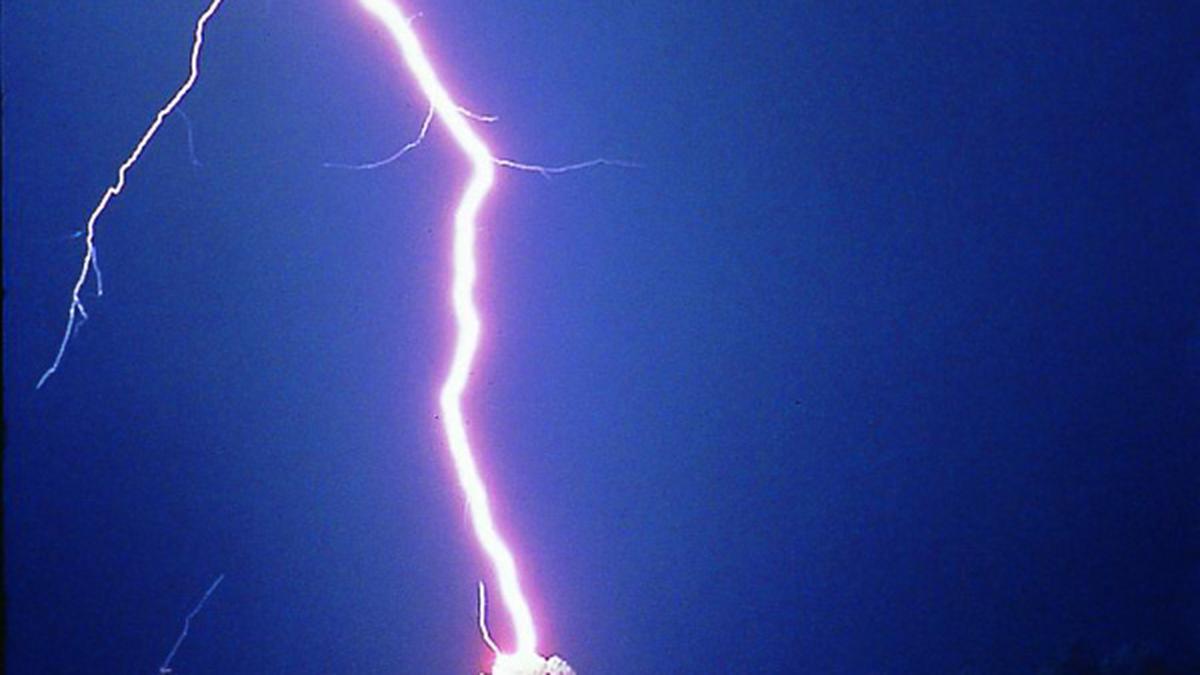
Lightning strikes on the rise in Kerala; Kottayam tops the list, says study
The Hindu
Study reveals alarming increase in lightning strikes in Kerala, with Kottayam district experiencing highest frequency.
A recent study has highlighted a troubling increase in lightning strikes across the State, with Kottayam district experiencing the highest frequency of strikes in the region. The research, which analysed 16 years of satellite data, reveals that the rate of lightning strikes in Kerala is growing faster than the national average, with the State recording an average of 20 lightning strikes per square kilometre per year.
Kottayam and the surrounding areas are particularly affected, with lightning strikes reaching an alarming rate of 70 per square kilometre annually, the highest in the State. In contrast, districts like Thrissur and Palakkad report the lowest frequencies, with as few as 10 strikes per square kilometre annually.
The primary cause of these lightning strikes in Kerala is the formation of cumulonimbus clouds along the slopes of the Western Ghats due to convection. These thunderclouds are formed due to moisture that ascends from the Bay of Bengal and the Arabian Sea, especially during the pre-monsoon months of April and May. The increased occurrence of thunderstorms in Kottayam and Idukki is largely due to a higher influx of these thunderstorm clouds during March, April, and May.
Due to the absence of the Western Ghats in the Palakkad pass, fewer thunderstorm clouds develop in that area, resulting in a relatively lower frequency of lightning strikes in Thrissur and Palakkad.
The peak of lightning activity in Kerala typically occurs in April, with Kottayam, Idukki, Ernakulam, and parts of Alappuzha reporting lightning strikes of up to 8 to 10 per square kilometre each month.
However, the frequency of lightning begins to decrease in May due to the arrival of the monsoon season and increases again in October when the rain subsides. October sees a resurgence of lightning strikes in districts like Malappuram, Kozhikode, Idukki, and Pathanamthitta, with an average of 3 strikes per square kilometre each month.The study also identifies rising sea surface temperatures as a key factor contributing to the increased frequency of thunderstorms.
The research, which was conducted at the Department of Physics in Sree Krishna College, Guruvayur, is led by Assistant Professor Vishnu R. of the college, and Hamza Varikodan, a scientist from IITM Pune. T.S. Sreekanth, scientist, India Meteorological Department, Nagpur, and Nandulal K., a project fellow and research student at the Physics department in Sree Krishna College, were also involved.













